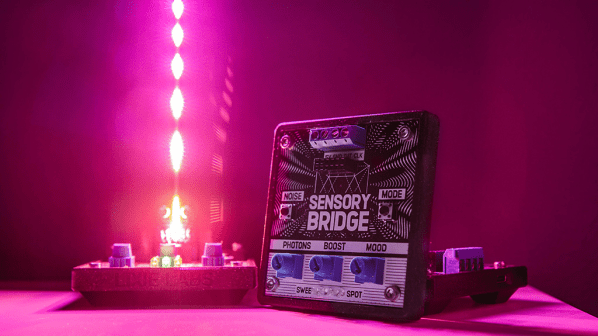Join us on Wednesday, September 28 at noon Pacific for the Reverse Engineering Hack Chat with Matthew Alt!
Our world is full of mysteries, from the nature of time to how exactly magnets work. There are some things that we just have to accept that no matter how hard we look, we’ll never get a complete answer, especially in the natural world. The constructed world is another thing, though. It doesn’t seem fair that only a relatively few people have the inside scoop on the workings of everyday things, like network routers, game consoles, and even the vehicles we drive. Of course, the companies that make these things have a right to profit from their intellectual property, but we as consumers also have a right to be curious about how these things work and to understand what the software running on these devices is doing on our behalf.
 Luckily, what can be engineered can be reverse engineered, if you have the right tools and the skills to use them. It can be a challenge, but it’s one Matthew Alt has taken on plenty of times. We’ve seen him deep-dive into JTAG, look at serial wire debugging, and recently even try some glitching attacks. In fact, he even taught a HackadayU course on reverse engineering with Ghidra. And now he’ll drop by the Hack Chat to talk all about reverse engineering. Join us with your questions, your exploits, and your ideas on how to go where no hacker has gone before.
Luckily, what can be engineered can be reverse engineered, if you have the right tools and the skills to use them. It can be a challenge, but it’s one Matthew Alt has taken on plenty of times. We’ve seen him deep-dive into JTAG, look at serial wire debugging, and recently even try some glitching attacks. In fact, he even taught a HackadayU course on reverse engineering with Ghidra. And now he’ll drop by the Hack Chat to talk all about reverse engineering. Join us with your questions, your exploits, and your ideas on how to go where no hacker has gone before.
Our Hack Chats are live community events in the Hackaday.io Hack Chat group messaging. This week we’ll be sitting down on Wednesday, September 28 at 12:00 PM Pacific time. If time zones have you tied up, we have a handy time zone converter.
















